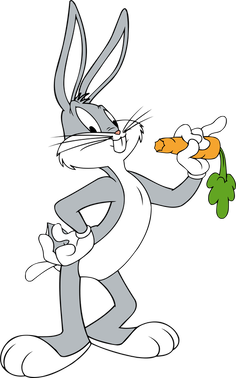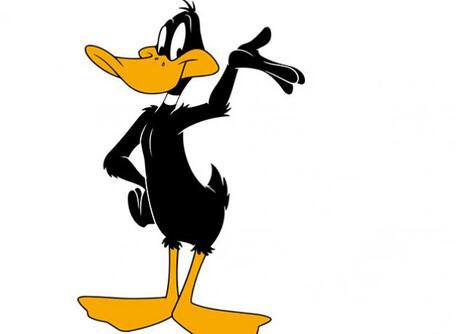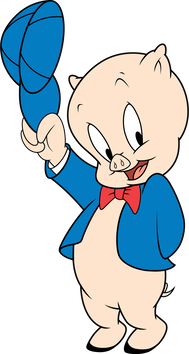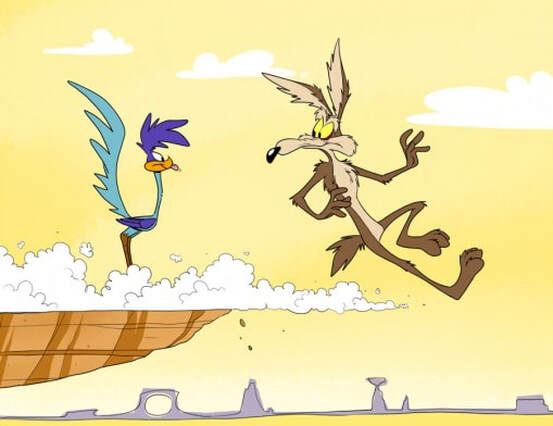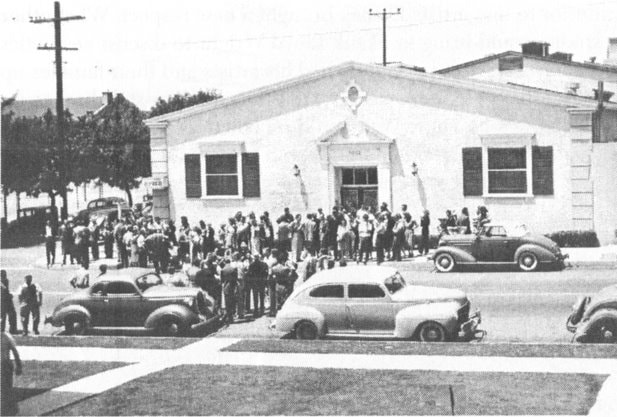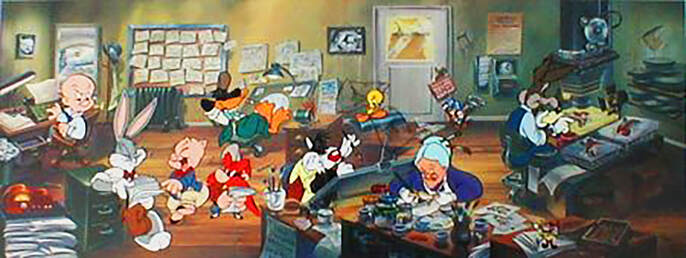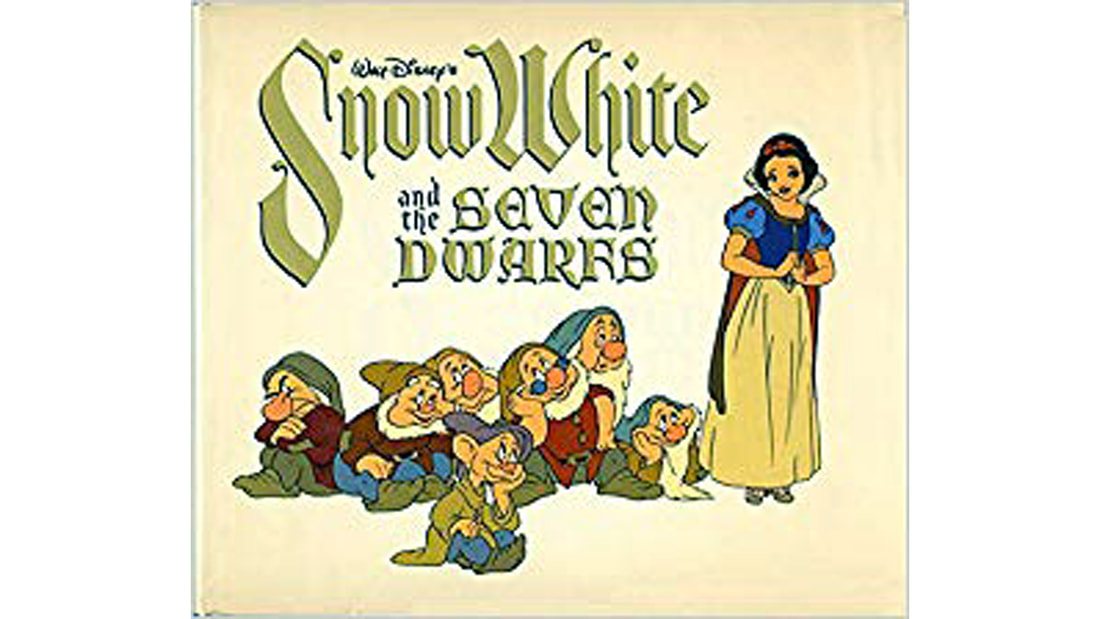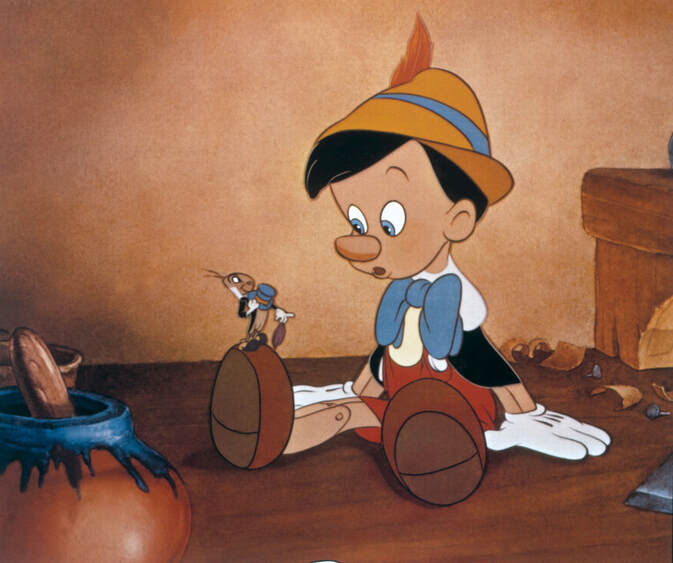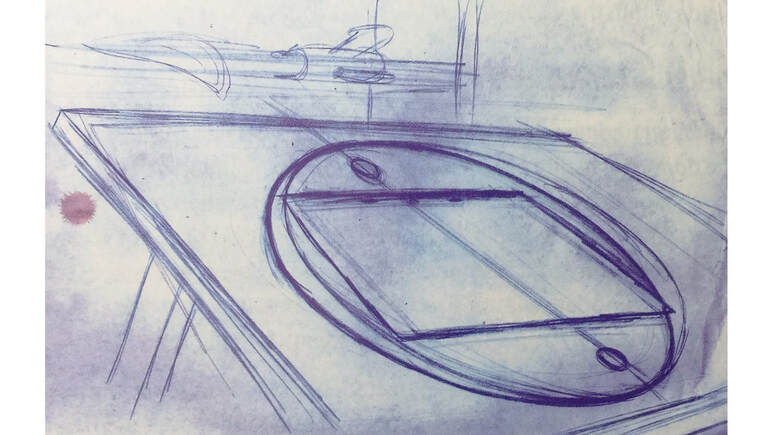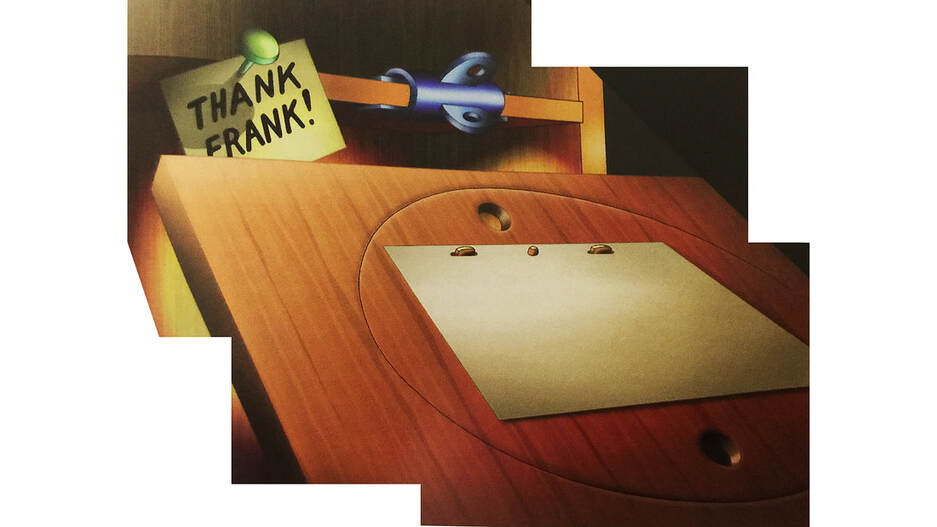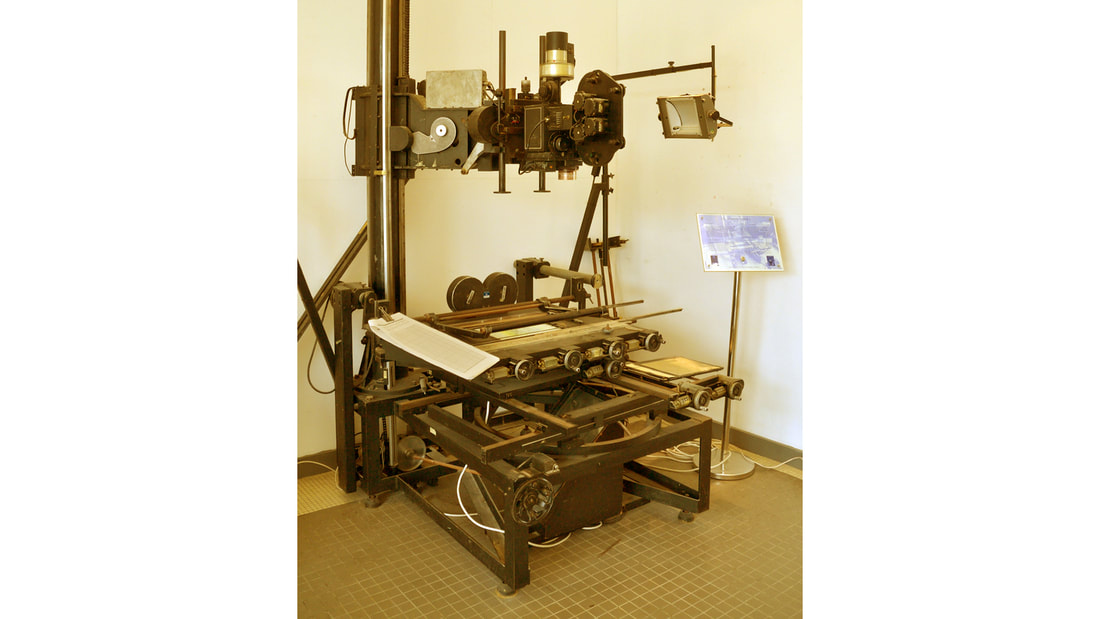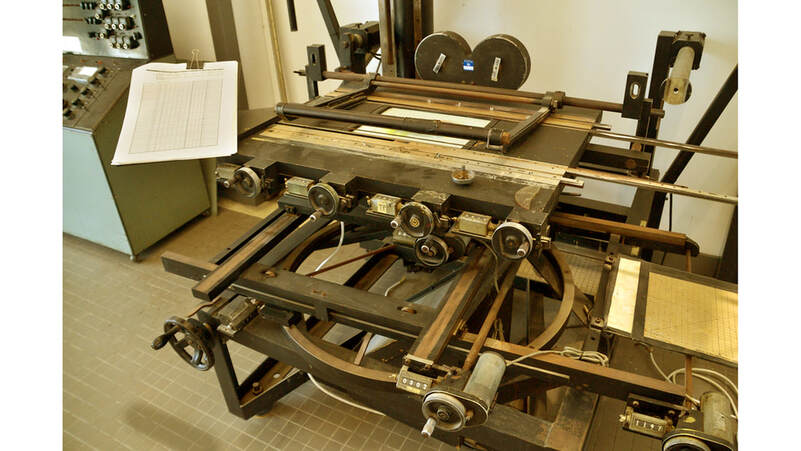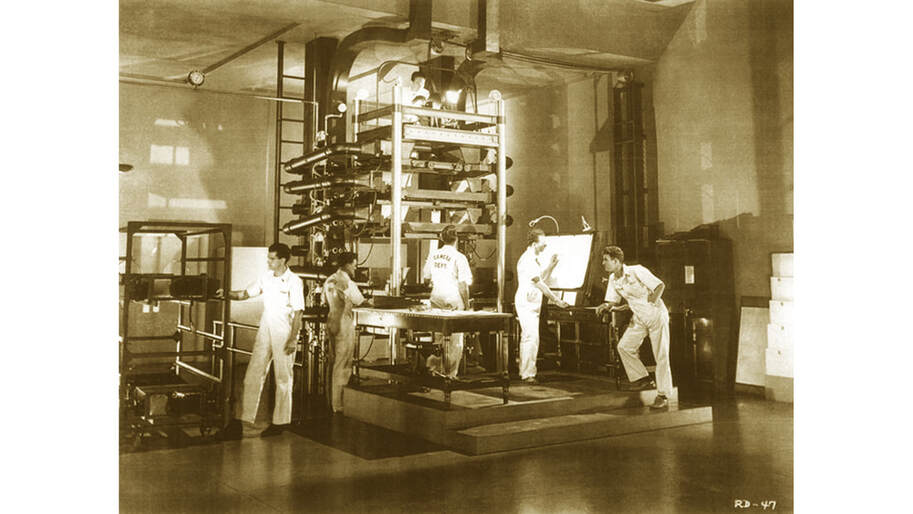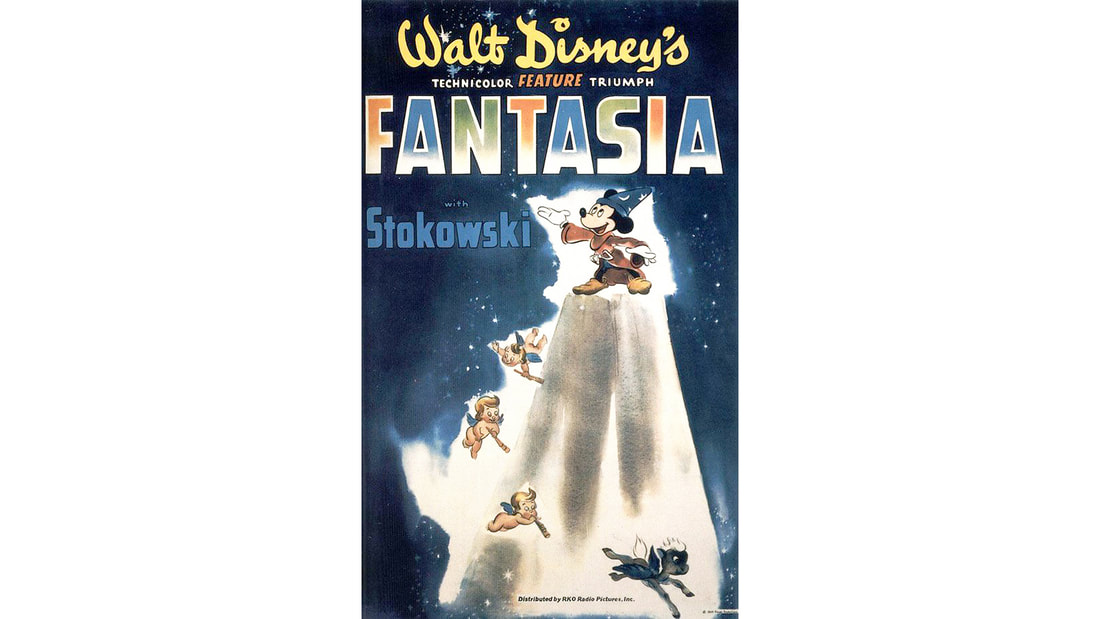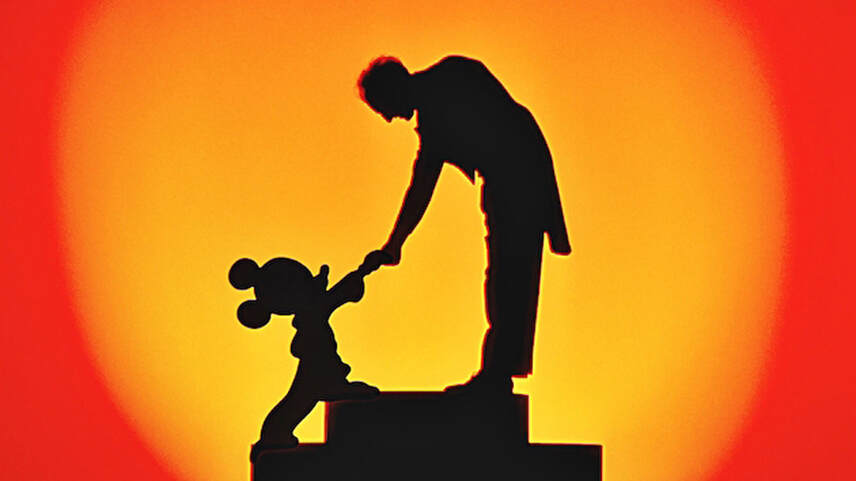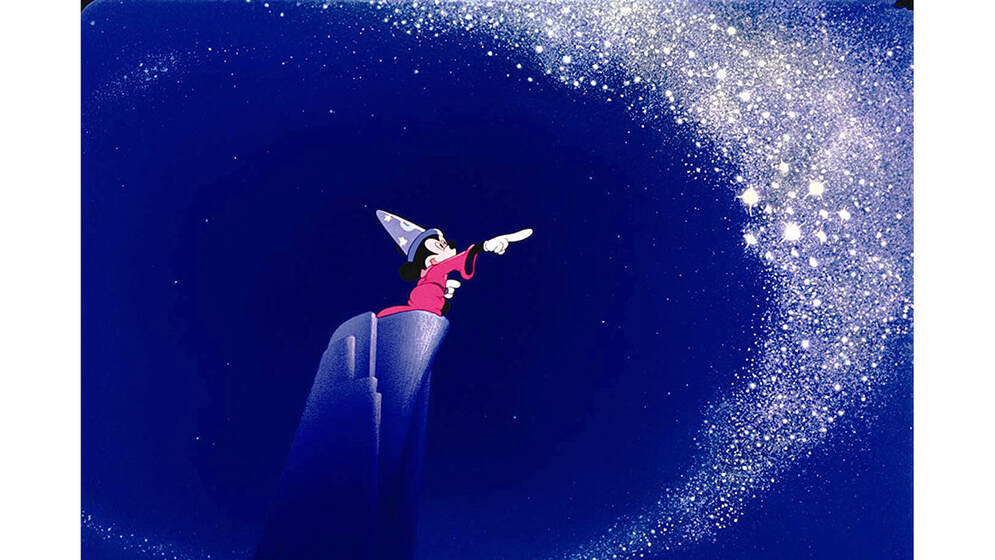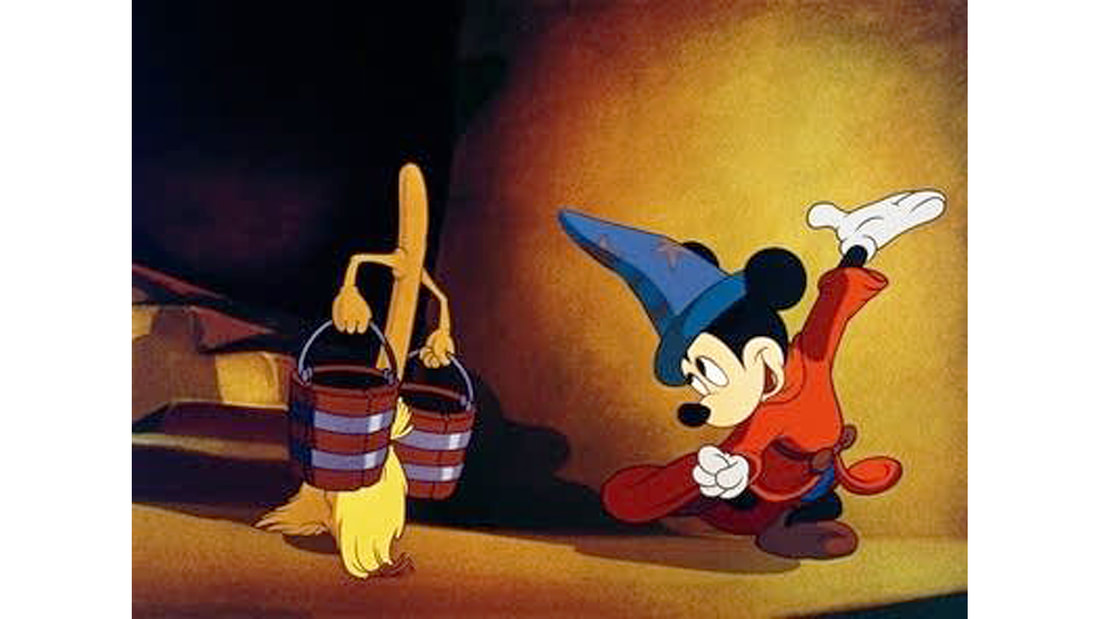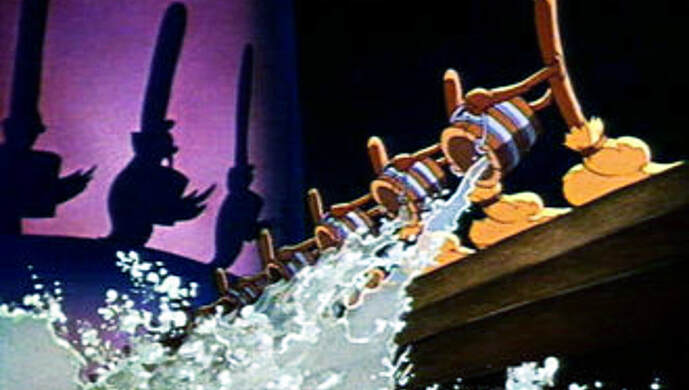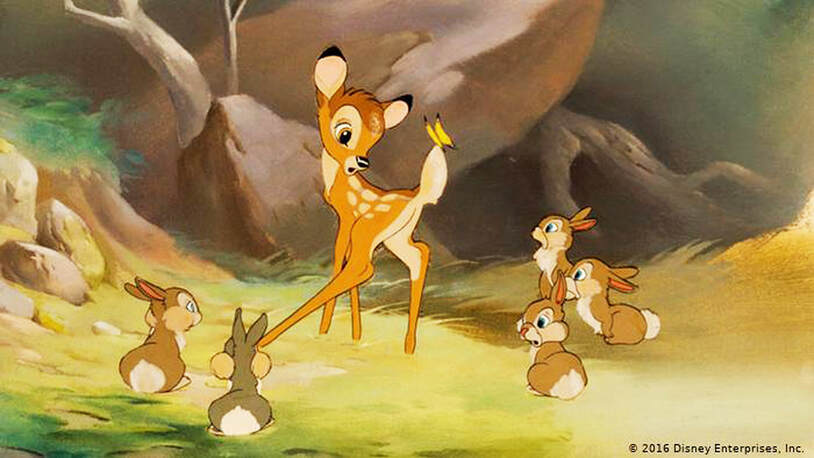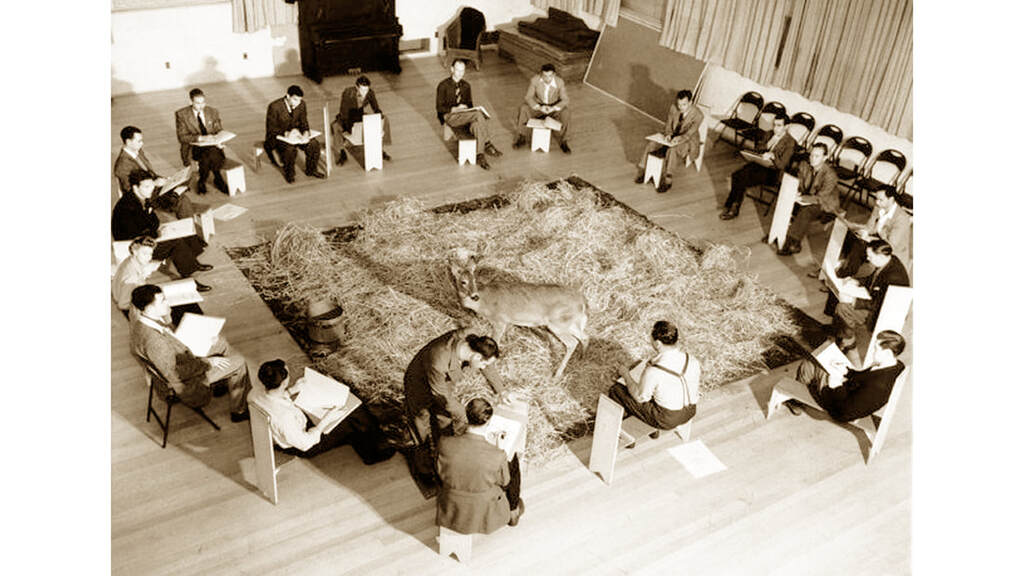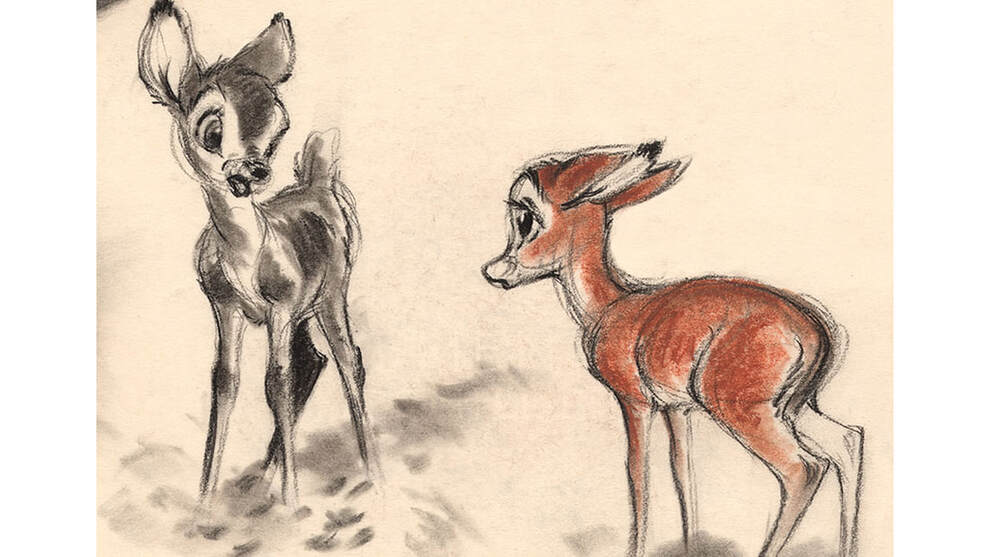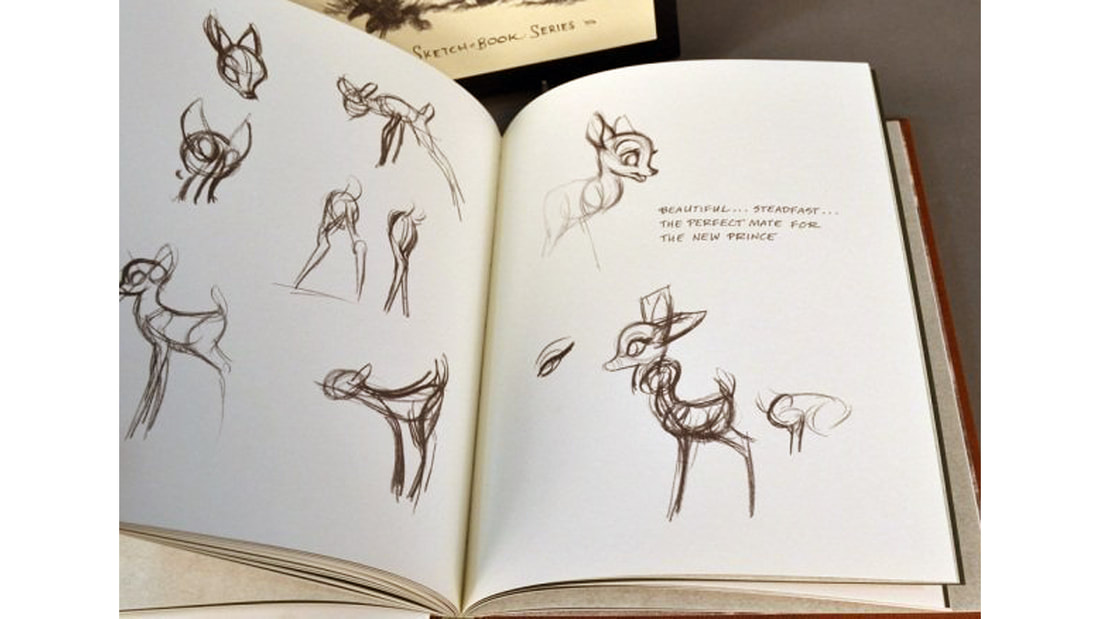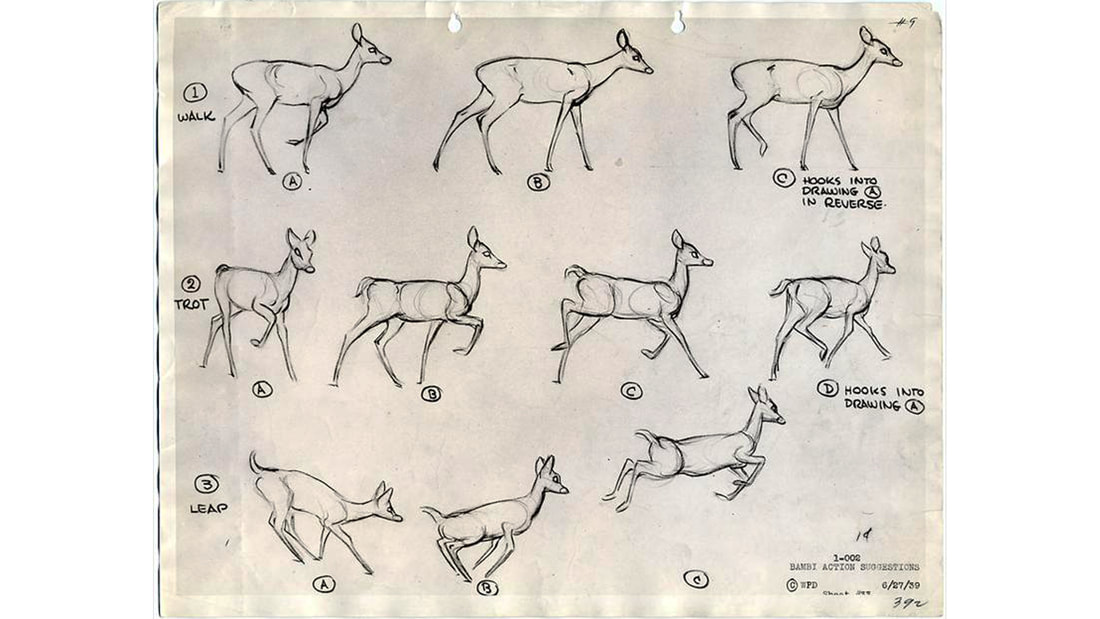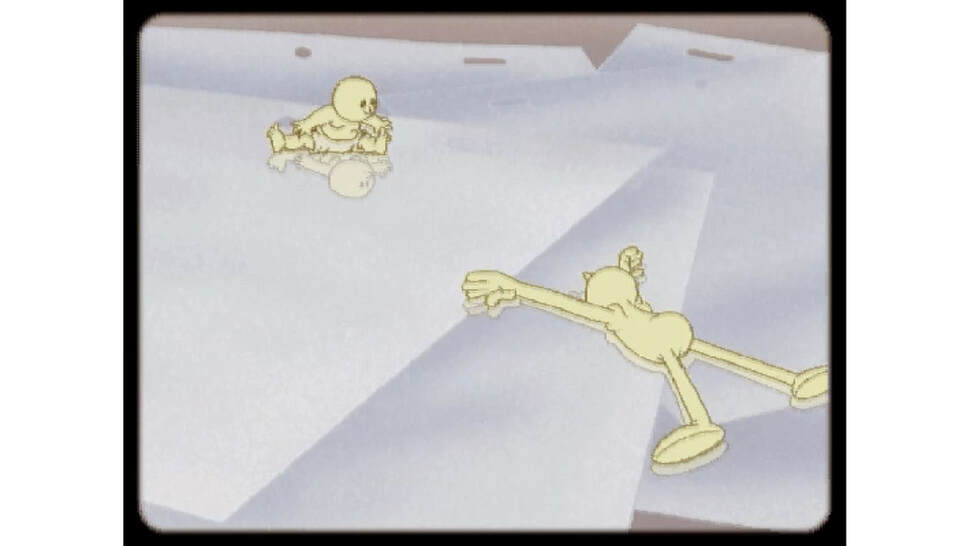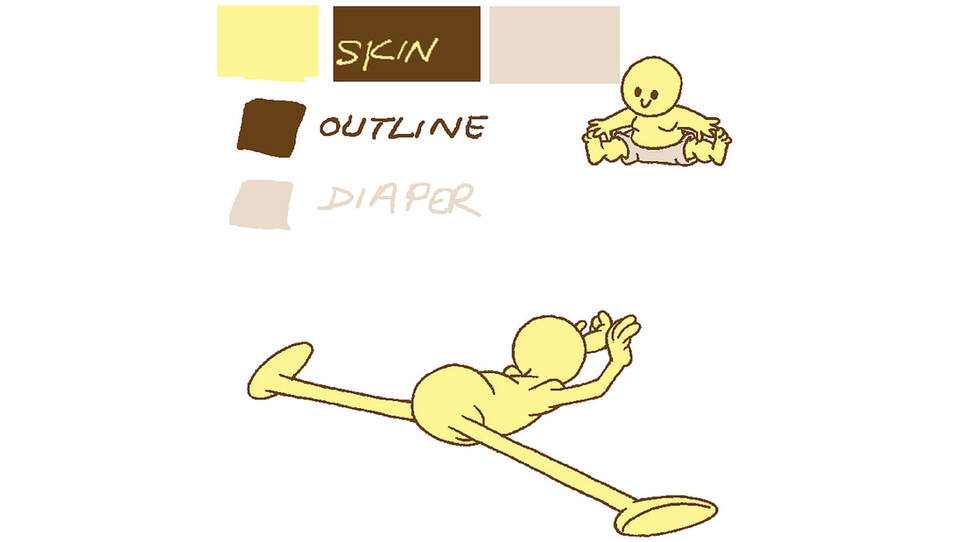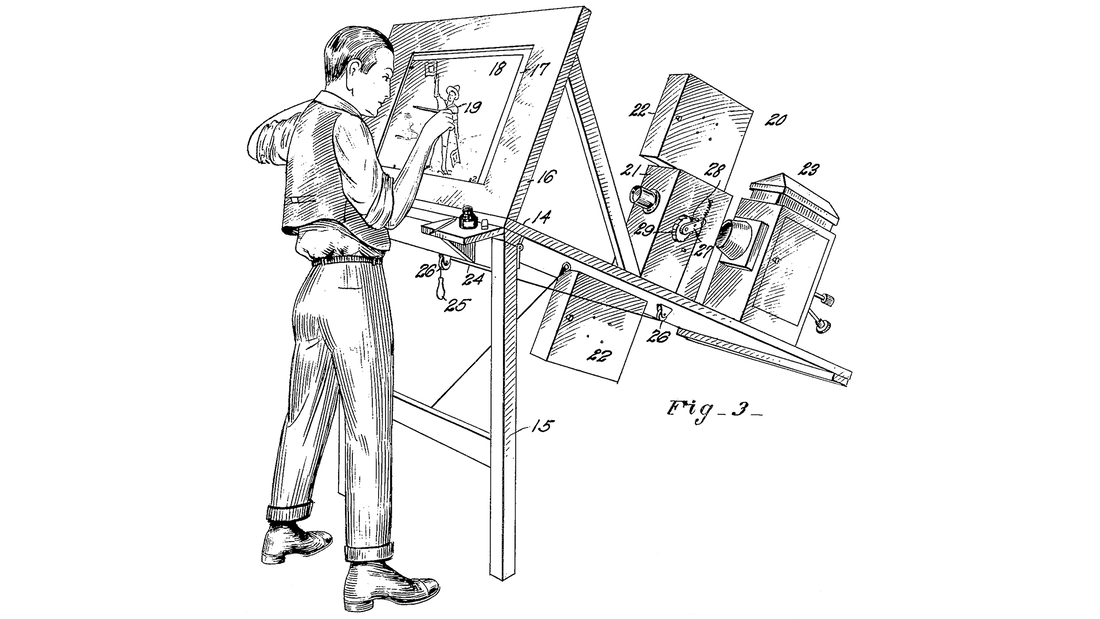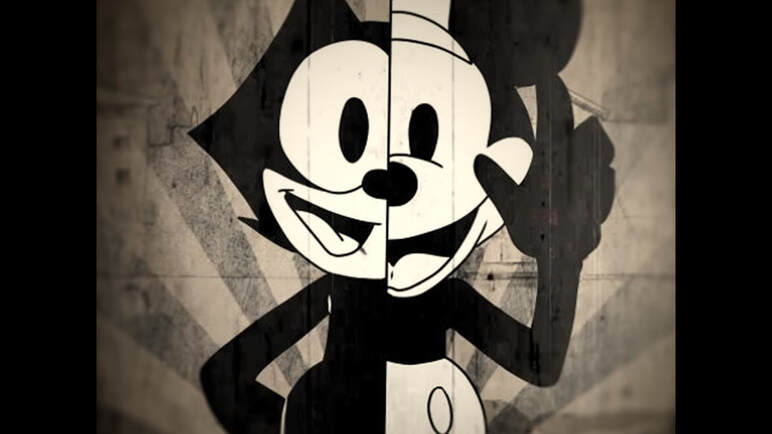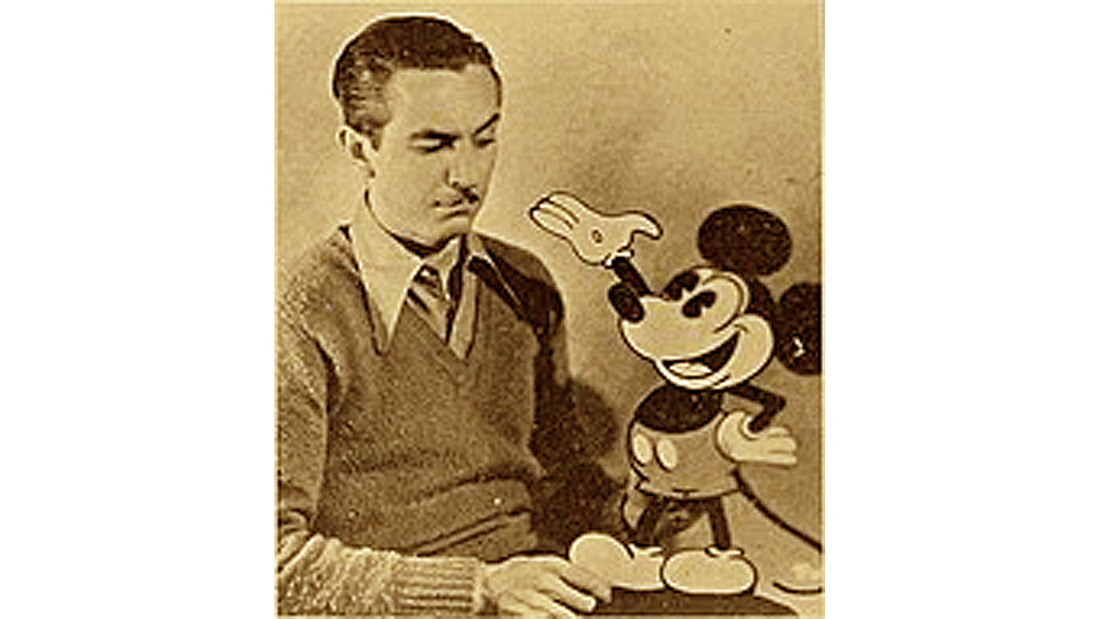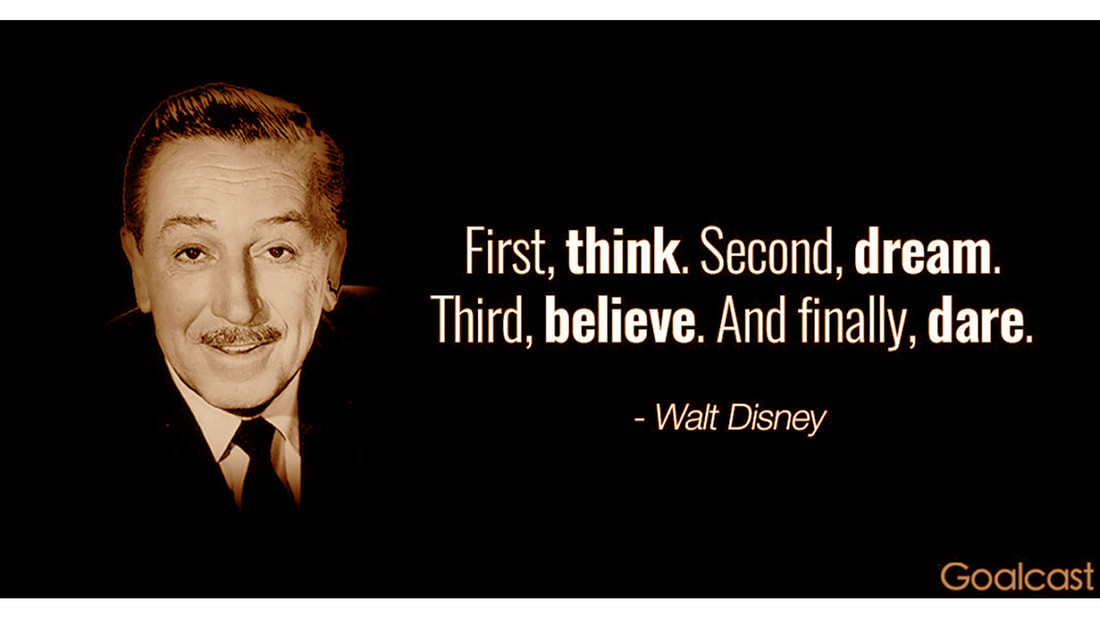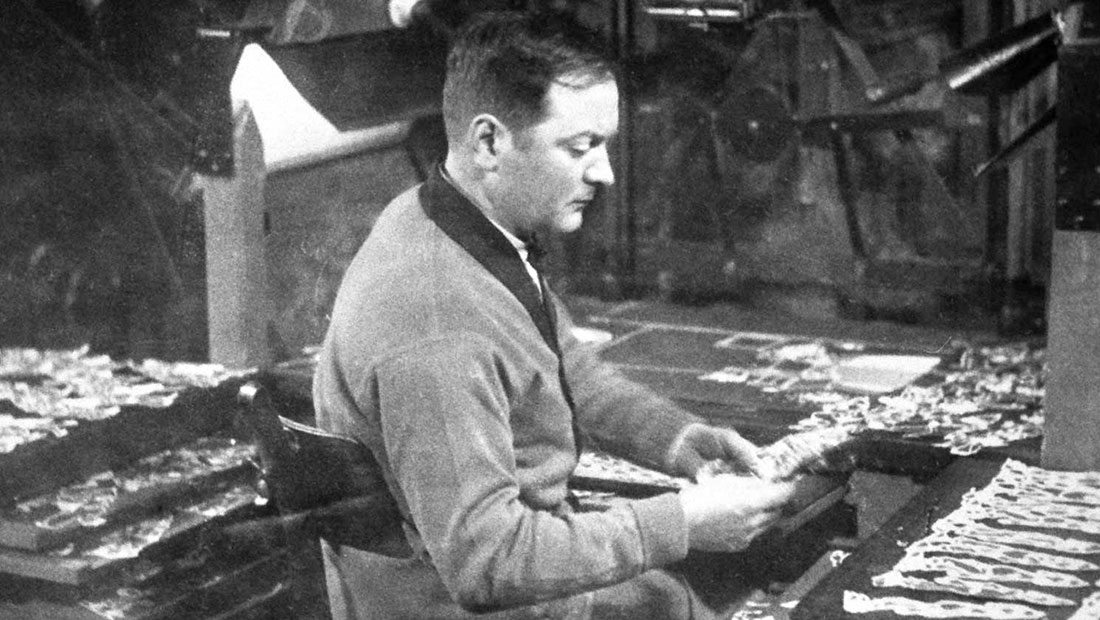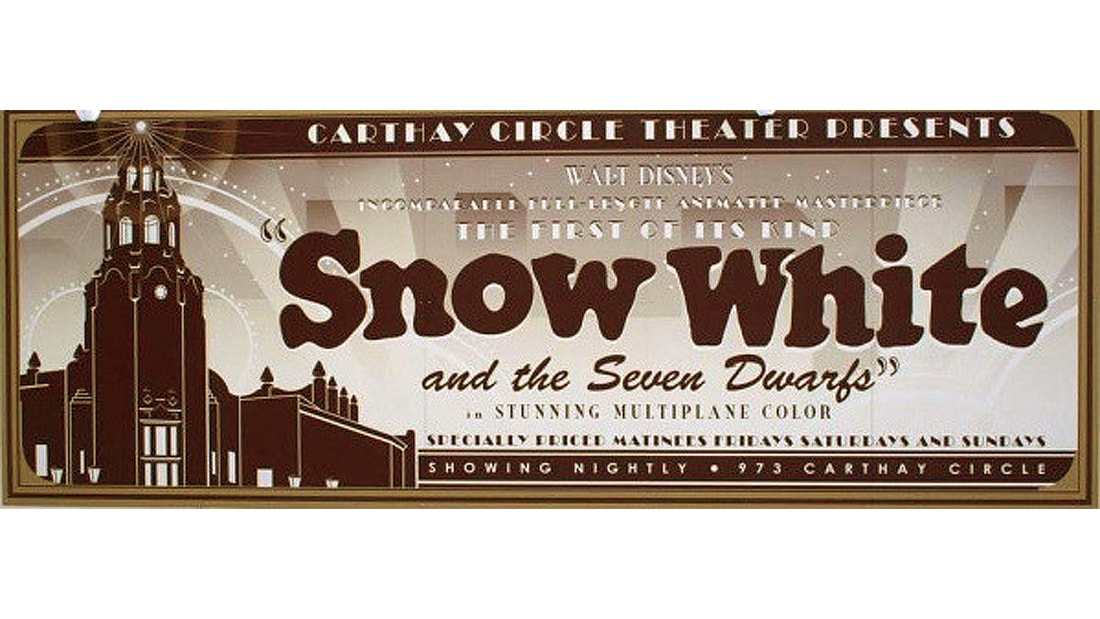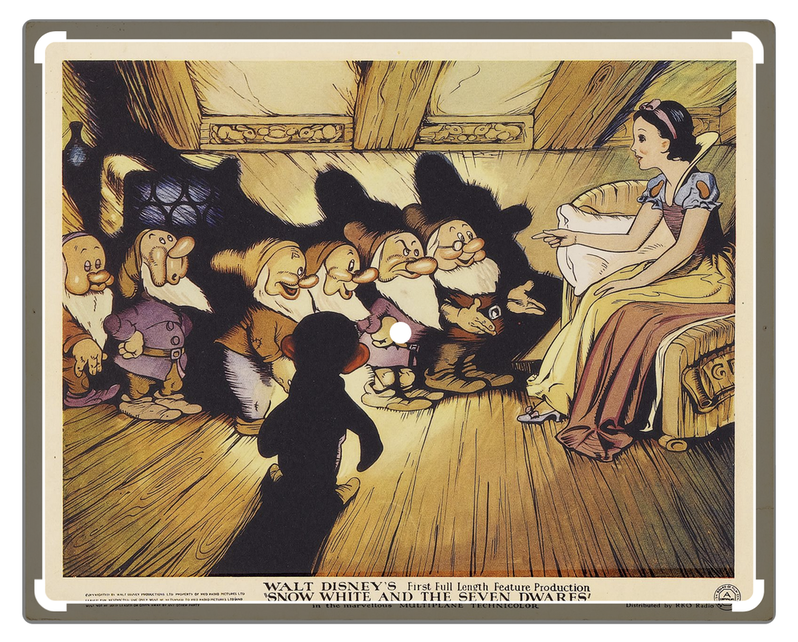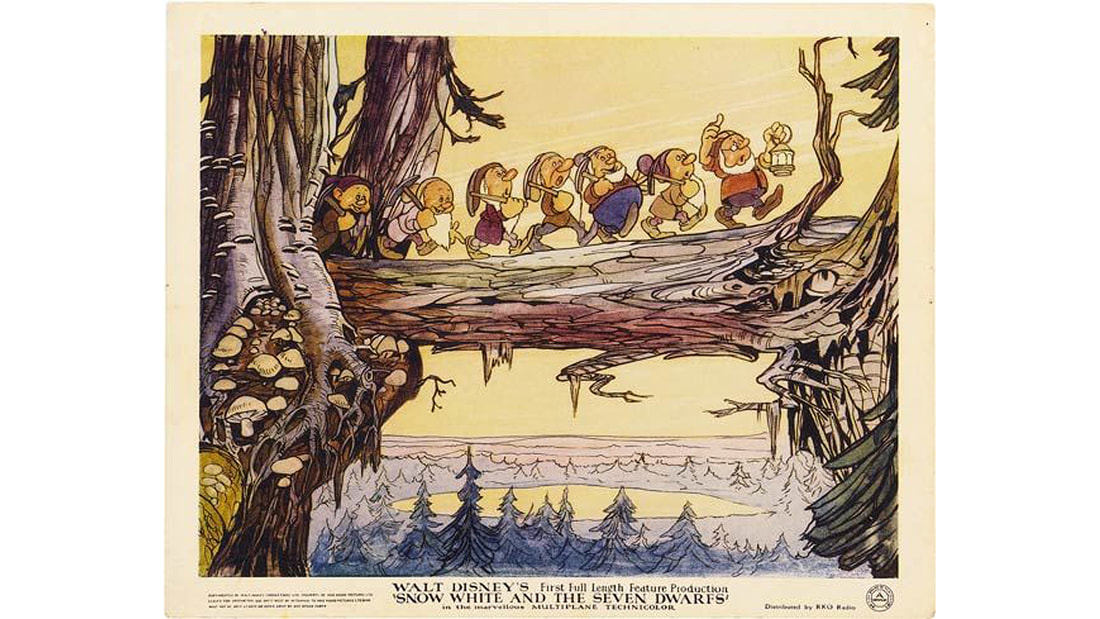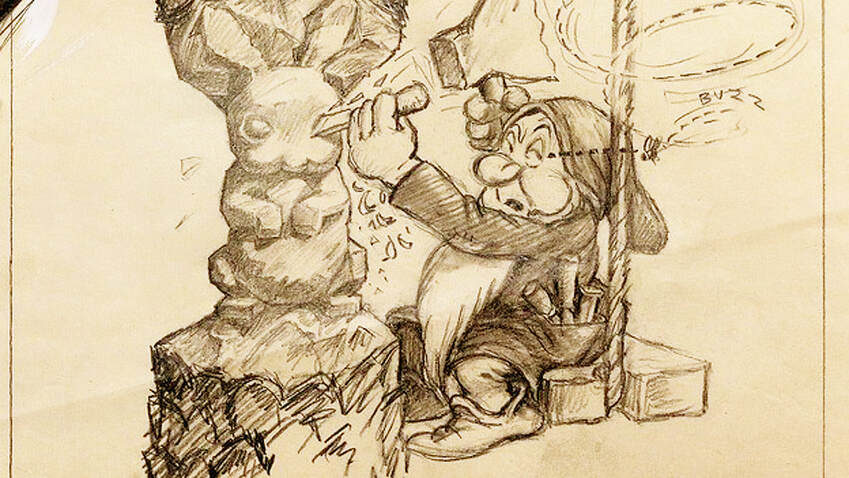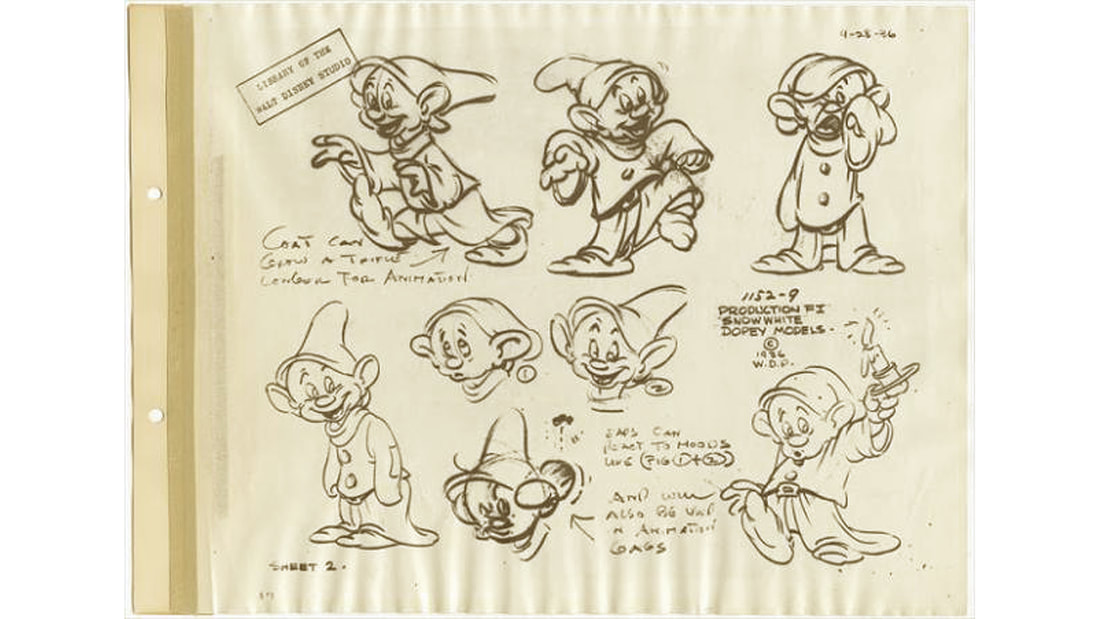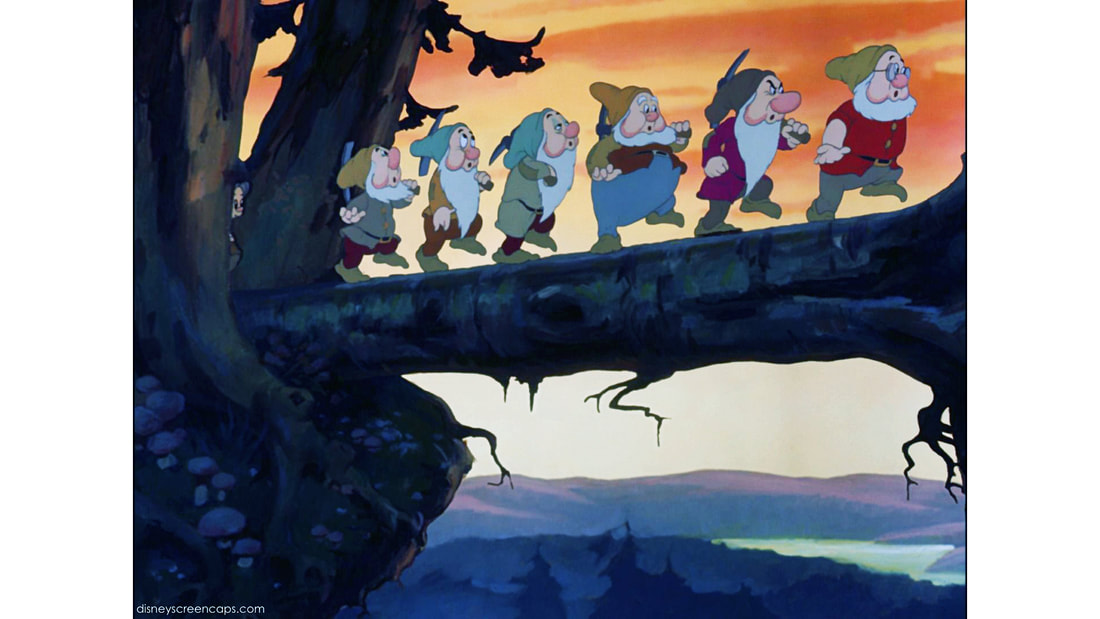VocTech: A History of Animation
Week 15:
LAST DAY SCREENINGS:
Some random examples of animation that are interesting to see...
LAST DAY SCREENINGS:
Some random examples of animation that are interesting to see...
'GESTURE DRAWING':
'BALANCE'...
'BALANCE'...
'THE SAGA OF REX':
A short film, directed by Michelle Gagne...
'COOPED':
A short film, directed by Mike Smith...
'POUR 585':
A short film, directed by Patrick Smith...
'THE CAT PIANO':
A short film, directed by Eddie White and Ari Gibson...
'FOOTPRINTS':
A short film by Bill Plympton...
'YOUR FACE':
A short film by Bill Plympton...
'A BRIEF DISAGREEMENT':
A short film by Steve Cutts...
'HAPPINESS':
A short film by Steve Cutts...
BEST OF ANIMATION FROM 'PIXAR':
A short compilation of Pixar animation...
A HISTORY OF 'PIXAR':
A quick look at the once-great, legendary, California studio...
WALT DISNEY:
Exploring the life of a man who pioneered animation, revolutionized entertainment, and left a lasting impact on Western culture.
RICHARD WILLIAMS:
A documentary on 'The Thief and the Cobbler', which ended up as a tragedy of traditional 2D animation.
Week 14:
ICONS OF ANIMATION:
This week's we will look at a number of famous figures in the animation world - some more famous than others - to assess their spirit, their similarities and their differences...
ICONS OF ANIMATION:
This week's we will look at a number of famous figures in the animation world - some more famous than others - to assess their spirit, their similarities and their differences...
HAYAO MIYAZAKI:
10 Years with Hayao Miyazaki.
10 Years with Hayao Miyazaki.
SILVAN CHOMET:
A profile of the famous French animator....
A profile of the famous French animator....
GLEN KEANE:
Interview on the making of 'The Duet'....
Interview on the making of 'The Duet'....
TOMM MOORE:
A short interview by the award-winning director on the challenges and advantages of AI in 2D animation production....
MICHAEL DUDOK de WIT:
Interview of an award-winning 2D animator....
GESTURE DRAWING:
This week's assignment is named "HAPPY EMOTIONS'...
Week 13:
COMIC STRIP ANIMATION:
This week's theme is based on animated films that were spin-offs from successful comic strips or comic books...
CARTOON BREW ARTICLE:
COMIC STRIP ANIMATION:
This week's theme is based on animated films that were spin-offs from successful comic strips or comic books...
CARTOON BREW ARTICLE:
COMIC BOOKS & STRIPS:
Some of the most successful comic books and strips featured in this session...
Some of the most successful comic books and strips featured in this session...
LITTLE NEMO:
Little Nemo is a fictional character created by American cartoonist Winsor McCay. He originated in an early comic strip by McCay, Dream of the Rarebit Fiend, before receiving his own spin-off series, Little Nemo in Slumberland.[1] The full-page weekly strip depicted Nemo having fantastic dreams that were interrupted by his awakening in the final panel. The strip is considered McCay's masterpiece for its experiments with the form of the comics page, its use of color and perspective, its timing and pacing, the size and shape of its panels, and its architectural and other details.
Zenas Winsor McCay (c. 1866–1871 – July 26, 1934) was an American cartoonist and animator. He is best known for the comic strip Little Nemo (1905–1914; 1924–1927) and the animated film Gertie the Dinosaur (1914). For contractual reasons, he worked under the pen name Silas on the comic strip Dream of the Rarebit Fiend.
Little Nemo is a fictional character created by American cartoonist Winsor McCay. He originated in an early comic strip by McCay, Dream of the Rarebit Fiend, before receiving his own spin-off series, Little Nemo in Slumberland.[1] The full-page weekly strip depicted Nemo having fantastic dreams that were interrupted by his awakening in the final panel. The strip is considered McCay's masterpiece for its experiments with the form of the comics page, its use of color and perspective, its timing and pacing, the size and shape of its panels, and its architectural and other details.
Zenas Winsor McCay (c. 1866–1871 – July 26, 1934) was an American cartoonist and animator. He is best known for the comic strip Little Nemo (1905–1914; 1924–1927) and the animated film Gertie the Dinosaur (1914). For contractual reasons, he worked under the pen name Silas on the comic strip Dream of the Rarebit Fiend.
GARFIELD:
Garfield is an American comic strip created by Jim Davis. Originally published locally as Jon in 1976, then in nationwide syndication from 1978 as Garfield, it chronicles the life of the title character Garfield the cat, his human owner Jon Arbuckle, and Odie the dog. As of 2013, it was syndicated in roughly 2,580 newspapers and journals and held the Guinness World Record for being the world's most widely syndicated comic strip.
Observational drawing / 'EMOTIONS / SAD':
This weeks 'observational drawing' assignment on film. 4 drawings on one sheet of paper, to be turned in for grading...
Week 12:
PSYCHOLOGICAL ANIMATION:
This week's theme is based on animated films that offer various interpretations of human mind - inspirational, psychedelic and sometimes tragic...
PSYCHOLOGICAL ANIMATION:
This week's theme is based on animated films that offer various interpretations of human mind - inspirational, psychedelic and sometimes tragic...
CHRIS LANDRETH'S 'RYAN' - A REMINDER:
This is a shortened excerpt of the film we saw last week, dealing with the deterioration of the mental health - a result of alcohol and drug addiction over many decades - relating to a famous Canadian animator from the 1960's, Ryan Larkin...
'DUMBO'S DREAM':
The 'psychedelic' sequence from Disney's classic film, 'DUMBO'...
'THE BOY, THE MOLE, THE FOX AND THE HORSE':
The trailer to last year's inspirational, Oscar-winning film, 'The Boy, the Mole, the Fox and the Horse'...
One short sequence...
SISYPHUS:
A classic award-winning film, 'Sisyphus', that celebrates the quality of 'persistence' in human nature...
'THE NOSE':
A brief glimpse at the 1960's work of Alexander Alexeieff - highlighting the psychological side of human nature, using the remarkable 'pin board' technique of animation...
The 'pin board' technique explained simply. (Show only the very first part!)...
Observational drawing / 'ANTICIPATION':
This weeks 'observational drawing' assignment on film. 4 drawings on one sheet of paper, to be turned in for grading...
'YELLOW SUBMARINE' TRAILER:
The trailer of the most famous psychedelic animated movie ever made - 'Yellow Submarine' - featuring the music of 'The Beatles'...
'TRIPPY' ANIMATION, COURTESY OF ANTHONY FRANCISCO SCHEPPERD:
A lesser know example of 'trippy' animation, created by Anthony Franciso Schepperd...
'BALANCE' by twin brothers Wolfgang and Christoph Lauenstein:
An German animation classic on the psychological aspect on human nature - 'Balance' - where figures first collaborate, then compete...
END OF CLASS
Week 11:
100 YEARS AGO IN AMERICAN CINEMAS:
ANIMATION MAGAZINE:
Animation Time Machine: Mission Date – May 1924
Animation Time Machine: Mission Date – May 1924
'ADVENTURES OF FELIX THE CAT':
'ALICE'S WILD WEST SHOW':
'COLONEL HEEZA LIAR / KNIGHTHOOD':
GESTURE DRAWING / 'COFFEE DRINKERS':
ANIMATION AND THE MIND:
01: 'RYAN'
02: 'THE BOY, THE MOLE, THE FOX, AND THE HORSE'
Week 11:
HAYAO MIYAZAKI and his FILMS:
HAYAO MIYAZAKI and his FILMS:
Hayao Miyazaki ( born January 5, 1941) is a Japanese animator, filmmaker, and manga artist.
Together with partners - producer Toshio Suzuki and the late, great animator Isao Takahata - Hayao Miyazaki is the co-founder of the world famous Studio Ghibli animation studio.
He has attained international acclaim as a masterful storyteller and creator of Japanese animated feature films, and is widely regarded as one of the most accomplished filmmakers in the history of animation.
Studio Ghibli was founded in 1985, where he directed numerous films - including Laputa: Castle in the Sky (1986), My Neighbor Totoro (1988), Kiki's Delivery Service (1989), and Porco Rosso (1992). The films were met with critical and commercial success in Japan.
Miyazaki's film Princess Mononoke was the first animated film ever to win the Japan Academy Film Prize for Picture of the Year, and briefly became the highest-grossing film in Japan following its release in 1997.
The distribution of Princess Mononoke in the Western world greatly increased Ghibli's popularity and influence outside Japan.
His 2001 film Spirited Away became the highest-grossing film in Japanese history, winning the Academy Award (Oscar) for Best Animated Feature. It is frequently ranked among the greatest films of the 21st century.
Miyazaki's later films--Howl's Moving Castle (2004), Ponyo (2008), and The Wind Rises (2013)—also enjoyed critical and commercial success.
After the success of The Wind Rises, Miyazaki announced his retirement – the first of several such announcements, after which he returned to start animating again!
More recently, Miyazaki returned to write and direct his twelfth feature film, The Boy and the Heron (2023), for which he won his second Academy Award for Best Animated Feature and is one of the most acclaimed and highest grossing Manga-style animated films of all-time.
10 Years with Hayao Miyazaki / NHK / PART 02 'Drawing what's real':
https://www3.nhk.or.jp/nhkworld/en/shows/3004581/
Week 10:
ANIMATION from the UK and IRELAND:
ANIMATION from the UK and IRELAND:
AARDMAN ANIMATION STUDIO Showreel:
How Claymation is made:
Irish animation Showreel:
STUDENT WORK
University of Dundee, Scotland: Graduate Showreel:
University of South Wales: Graduate Showreel:
ARTS UNIVERSITY BOURNEMOUT/England): BA Graduate Showreel:
Week 09:
'The early days of UK ANIMATION' ~ taking UPA to the next level.
'The early days of UK ANIMATION' ~ taking UPA to the next level.
But first, one look back at the work of UPA in it's heyday, 1958. 'The Tender Game' by John and Faith Hubley...
https://www.youtube.com/watch?v=SaITR0YGmgE
The British Animation industry was always more affiliated to the UPA approach in film-making than the Disney/Hollywood style. In time - like it's TV and cinematic film-making industries - it became much more honest and rebellious in the stories and styles it used. It also focused on propaganda and adult humor, as opposed to animation for kids.
This documentary is one of 3 films made by the British TV broadcaster, 'Channel Four' - entitled 'Animation Nation'. It covers the early history of animation in the British Isles - from the very beginning in 1899, the mid-to-late 1960's when the real animation revolution began...
This documentary is one of 3 films made by the British TV broadcaster, 'Channel Four' - entitled 'Animation Nation'. It covers the early history of animation in the British Isles - from the very beginning in 1899, the mid-to-late 1960's when the real animation revolution began...
Week 08:
'The UPA story' ~ the antithesis of the Disney studio.
'The UPA story' ~ the antithesis of the Disney studio.
But first, a recap of the best of Disney animation...
https://www.youtube.com/watch?v=IYLitw13qeg
Moments from over 100 years of Disney animation.
3 films that tell the UPA story...
https://www.youtube.com/watch?v=A8-09DbxHBU
https://www.youtube.com/watch?v=ZMF2i6WTqHo
https://www.youtube.com/watch?v=L2jg1RrneJ4
Week 06:
'Disney rivals' ~ Warner Brothers animation.
'Disney rivals' ~ Warner Brothers animation.
Last time, we featured some of the first great movies that the Walt Disney studio made. These movies were, 'Snow White and the Seven Dwarfs', 'Pinocchio', 'Fantasia' and 'Bambi'.
These films were so good - and incredibly profitable - that the Disney studio had no other rivals in the feature film market. This was simply because no other studio was capable of making animated movies - or were even brave enough to try! This was a situation that actually lasted for many decades - and even then no-one even came close to the quality of number of movies they made!
However, at the same time another serious rival emerged in the animated short films market. This was the Warner Brothers studio.
Warner Brothers created the first ever sound movie in 1927 - 'The Jazz Singer' starring singing legend, Al Jolson.
The original brothers - Jack, Harry and Albert Warner. The brothers began their movie careers in 1904 when they purchased a projector and began to run silent film shorts in their hometown of New Castle, PA. In 1967 Jack Warner would sell control of the studio and its music business for $78 million to Seven Arts Productions.
The Warner Brothers animation studio was a small unit that worked within the main movie-making company that was already hugely successful in live action films with Hollywood stars. However, the actual Warner 'brothers' who ran the film-making side of the studio never really liked animation - even though it was very profitable for the company.
The studio is the successor to Warner Bros. Cartoons (formerly Leon Schlesinger Productions), the studio which produced Looney Tunes and Merrie Melodies cartoon shorts from 1933 to 1963.
The cartoon characters they made famous included 'Bugs Bunny', 'Daffy Duck', 'Porky Pig' and the 'Roadrunner'.
The studio is the successor to Warner Bros. Cartoons (formerly Leon Schlesinger Productions), the studio which produced Looney Tunes and Merrie Melodies cartoon shorts from 1933 to 1963.
The cartoon characters they made famous included 'Bugs Bunny', 'Daffy Duck', 'Porky Pig' and the 'Roadrunner'.
Bugs Bunny
Daffy Duck
Porky Pig
Roadrunner & Cayote
All the most famous Warner Brothers cartoon characters.
Here are some examples of their films...
Best of Looney Tunes classics:
www.youtube.com/watch?v=p4vj6y-wCcE
Bugs Bunny:
https://www.youtube.com/watch?v=QBcK63h3Avw
Daffy Duck:
https://www.youtube.com/watch?v=-xNVlFacPAc
Porky Pig (with Daffy Duck):
https://www.youtube.com/watch?v=dRz21lUws3M
Roadrunner & Cayotte:
https://www.youtube.com/watch?v=0HQeJESRcDU
www.youtube.com/watch?v=p4vj6y-wCcE
Bugs Bunny:
https://www.youtube.com/watch?v=QBcK63h3Avw
Daffy Duck:
https://www.youtube.com/watch?v=-xNVlFacPAc
Porky Pig (with Daffy Duck):
https://www.youtube.com/watch?v=dRz21lUws3M
Roadrunner & Cayotte:
https://www.youtube.com/watch?v=0HQeJESRcDU
Even though the animators were so successful, and their films so successful, they were treated very badly by the management and therefore were given very little time or money. The animation studio building was effectively a run down hut at the back of the Warner Brothers property lot and nicknamed 'Termite Terrace' by all those who worked there...
The most famous animators at the Warner Brothers animation studio - and still legends today - were...
Chuck Jones, Friz Freleng, Bob McKimson, and Tex Avery. Even though they all animated the same characters, they each had their own style of animation. However, the two whose name have lasted longest from a history point of view are Chuck Jones and Tex Avery. Chuck is known for his incredible humor and timing, whereas Tex is known for his crazy and extreme character animation movement, which went through all kinds of exaggerated poses and gestures.
Here is an overview of the Looney Tunes studio, and the emergence of Chuck Jones:
https://www.youtube.com/watch?v=KKV13q_VTww
Here is an example of Tex Avery's wild animation style:
https://www.youtube.com/watch?v=3h6_LmfC--o
Chuck Jones, Friz Freleng, Bob McKimson, and Tex Avery. Even though they all animated the same characters, they each had their own style of animation. However, the two whose name have lasted longest from a history point of view are Chuck Jones and Tex Avery. Chuck is known for his incredible humor and timing, whereas Tex is known for his crazy and extreme character animation movement, which went through all kinds of exaggerated poses and gestures.
Here is an overview of the Looney Tunes studio, and the emergence of Chuck Jones:
https://www.youtube.com/watch?v=KKV13q_VTww
Here is an example of Tex Avery's wild animation style:
https://www.youtube.com/watch?v=3h6_LmfC--o
An original Chuck Jones drawing of Bugs Bunny or the Cayotte can cost anywhere between $1,000 to $2,000 - or more, depending on what film it came from at the time!
Personal note:
Many decades later I met Chuck Jones. He was Executive Producer on the 1971 Oscar-winning film, 'A Christmas Carol" - based on the classic story by Charles Dickens. I was my first animation job in the industry, as assistant to the film's Director, Richard Williams. It was very different from the traditional cartoon style that Chuck Jones was famous for. Here are some clips from that film...
https://www.youtube.com/watch?v=LRj7nt05UTI
Many decades later I met Chuck Jones. He was Executive Producer on the 1971 Oscar-winning film, 'A Christmas Carol" - based on the classic story by Charles Dickens. I was my first animation job in the industry, as assistant to the film's Director, Richard Williams. It was very different from the traditional cartoon style that Chuck Jones was famous for. Here are some clips from that film...
https://www.youtube.com/watch?v=LRj7nt05UTI
Richard Williams and Chuck Jones - working on 'A Christmas Carol'.
Richard Williams receiving his Oscar for 'A Christmas Carol'.
Flipbooks:
Flipbooks are an easy way to create animation - even if you don't draw very well! Here's a very easy demonstration of how flipbooks can be made...
www.youtube.com/watch?v=Un-BdBSOGKY
I will start you on making your own flipbook next week!
Flipbooks are an easy way to create animation - even if you don't draw very well! Here's a very easy demonstration of how flipbooks can be made...
www.youtube.com/watch?v=Un-BdBSOGKY
I will start you on making your own flipbook next week!
Week 05:
'After Snow White' ~ the early Disney years.
'After Snow White' ~ the early Disney years.
Last week, we reached the point the Walt Disney Studio released the world's first commercial animated feature film in animation, 'Snow White and the Seven Dwarfs'. This film was a blockbuster in terms of Hollywood at the time and placed him years ahead of his competitors. Now we will look at other films that were created during the early 'feature film' years of the Walt Disney studio. But first...
Walt receiving 8 Academy Awards for 'Snow White' from child star at the time, Shirley Temple. One Oscar was for the film itself and 7 other smaller ones were for each of the 7 dwarfs! Multiple Oscars had never been awarded like this before - or since, of course!
The second film that the Walt Disney studio released - while the rest of the industry was still making short films to support the main live-action feature films in the cinema - was 'Pinocchio'...
Now, by contrast, here is the animation being created by the Fleischer Studios - the nearest rival to the Disney studio at the time. Note that their films, 'Granite Hotel' - also released in 1940 - is still only in black & white, as were all the other rival films from that time!...
www.youtube.com/watch?v=a7vmerl9V48
www.youtube.com/watch?v=a7vmerl9V48
Above: Pinocchio falling down the steps!
Above: My version for 'Endangered Species'.
My original pencil layout for the above:
My final digitally colored artwork for the same scene.
How animation was done in the Fleischer studios in 1938...
www.youtube.com/watch?app=desktop&v=I4_1YqBNp1k
Standard rostrum camera for the time.
The platten desktop where the animation drawings are filmed by the 35mm camera above.
Disney's Multiplane Camera.
The 'Pinocchio' opening Multiplane Camera sequence.
Above: Examples of the Multiplane Camera.
Above: The film poster from 'Fantasia'.
Above: Mickey Mouse and the film conductor, Leopold Stokowski.
Above: Mickey conducts the universe concept art.
Above: Mickey's magic goes wrong!
Above: Mickey's magic sequence.
Above: The magic gets out of control - design.
Above: My stairway artwork for 'Endangered Species'.
Above: My stairway animation for 'Endangered Species'.
The original 'Fantasia' sequence for 'Dance of the Hours'...
https://www.youtube.com/watch?v=MJ7IGnQPZPQ
The original 'Fantasia' sequence for the 'Mushroom Dance'...
https://www.youtube.com/watch?v=ZJYN1d3f2dc
https://www.youtube.com/watch?v=ZJYN1d3f2dc
Again, a reminder of how far ahead the Disney studio was from the opposition...
www.youtube.com/watch?v=a7vmerl9V48
Next, another Disney movie masterpiece from two years later, in 1942 ~ ' Bambi'...
Above: The Disney animators doing their drawing research for 'Bambi'.
Above: Preliminary color sketches for 'Bambi'.
Above: More preliminary color sketches for 'Bambi'.
Above: Animation action sketches for 'Bambi'.
Above: Bambi's ice sequence with 'Thumper' in 'Bambi'.
Above: A still from my ice sequence in 'Endangered Species'.
Above: My color model sheet for the ice sequence in 'Endangered Species'.
Practical exercise!
Week 04:
'Snow White and the Seven Dwarfs' ~ the world's first theatrically-released animated movie.
'Max Fleischer's 'Rotoscope'. Patented in 1915.
Rotoscoping is an animation technique that animators use to trace over motion picture footage, frame by frame, to produce realistic action. Originally, live-action movie images were projected onto a glass panel and traced onto paper.
Rotoscoping is an animation technique that animators use to trace over motion picture footage, frame by frame, to produce realistic action. Originally, live-action movie images were projected onto a glass panel and traced onto paper.
The 'Snow White and the Seven Dwarfs' lead-up documentary...
https://www.youtube.com/watch?v=65SfVyE7Y3E
'El Apóstol'
The first known animated feature film was El Apóstol by Quirino Cristiani, released on 9 November 1917 in Argentina.
'Prince Achmed'
The second known animated feature film was Prince Achmed by Lotte Reiniger, released on 1 January 1926 in New York.
'Snow White and the Seven Dwarfs'
The third known animated feature film (although the first theatrically-released film ever) was Snow White and the Seven Dwarfs by Walt Disney, released on 21 December 19376 in Burbank, California.
"Snow White and the Seven Dwarfs" 1937 concept art by Gustaf Tenggren.
How the designs ended up in the film...
The names of the Seven Dwarfs: 'Dopey' (hidden at back), 'Sneezy', 'Happy', 'Sleepy', 'Bashful', 'Grumpy' and 'Doc'.
'Snow White and the Seven Dwarfs' - original trailer:
My scenes in 'Endangered Species'...




















